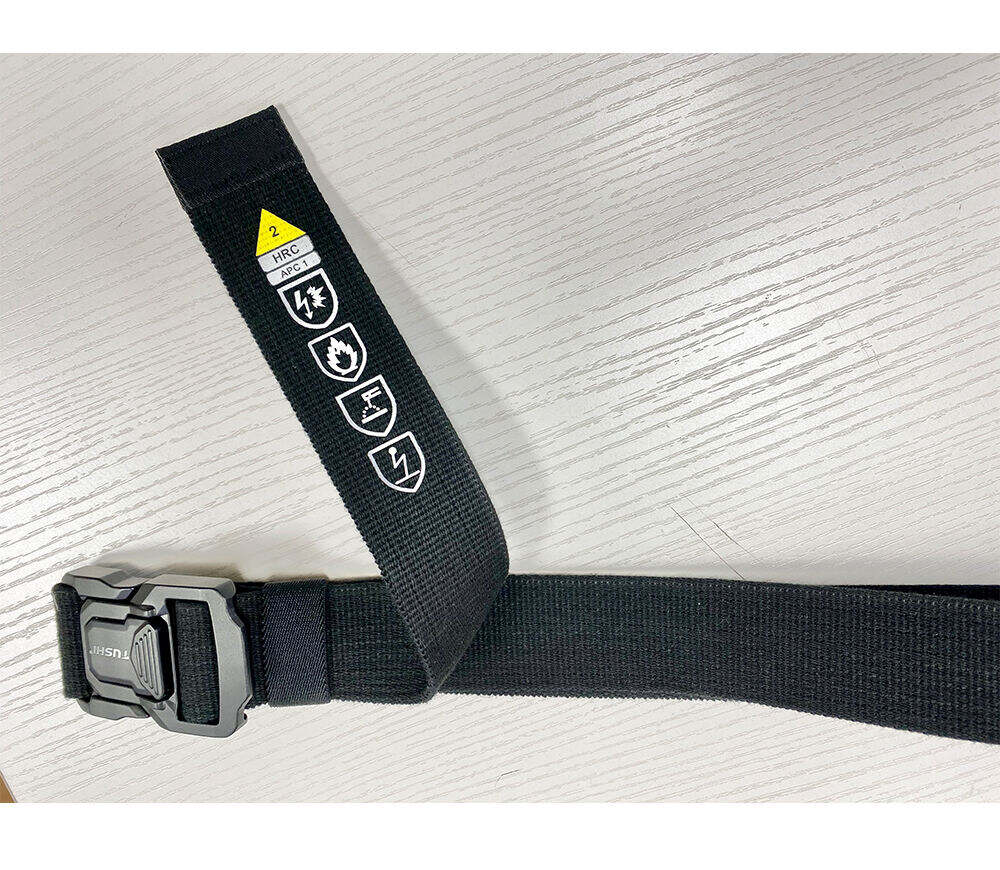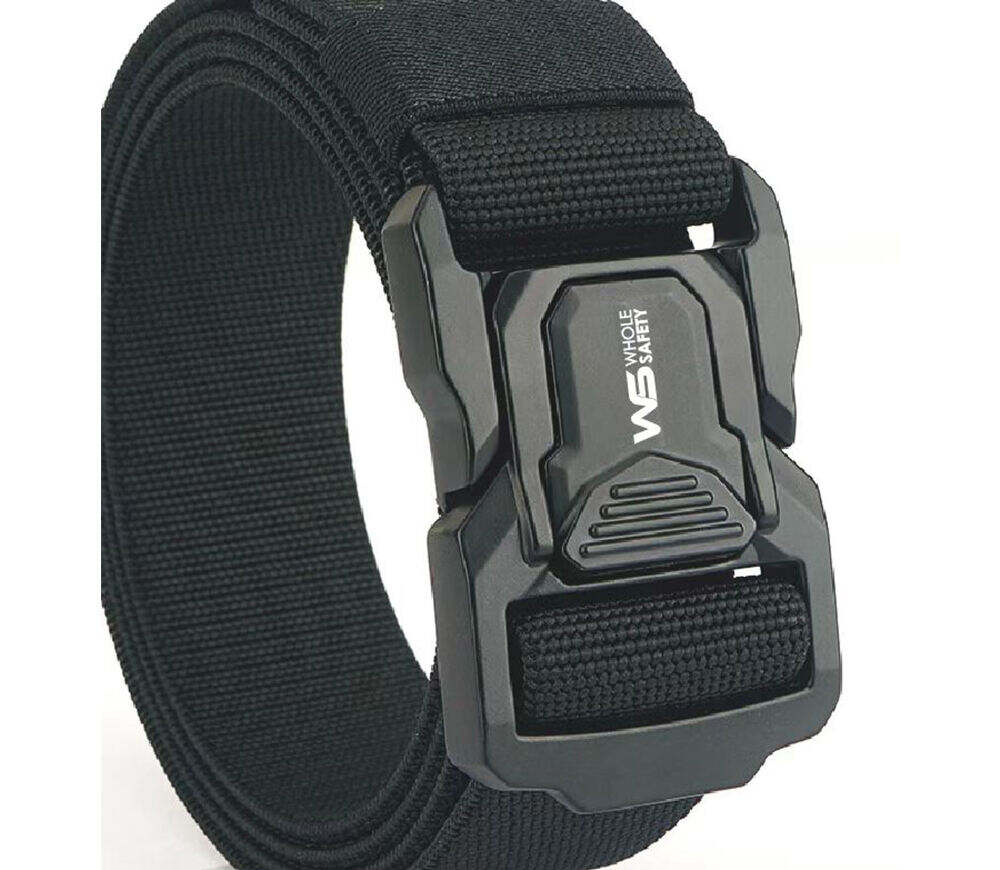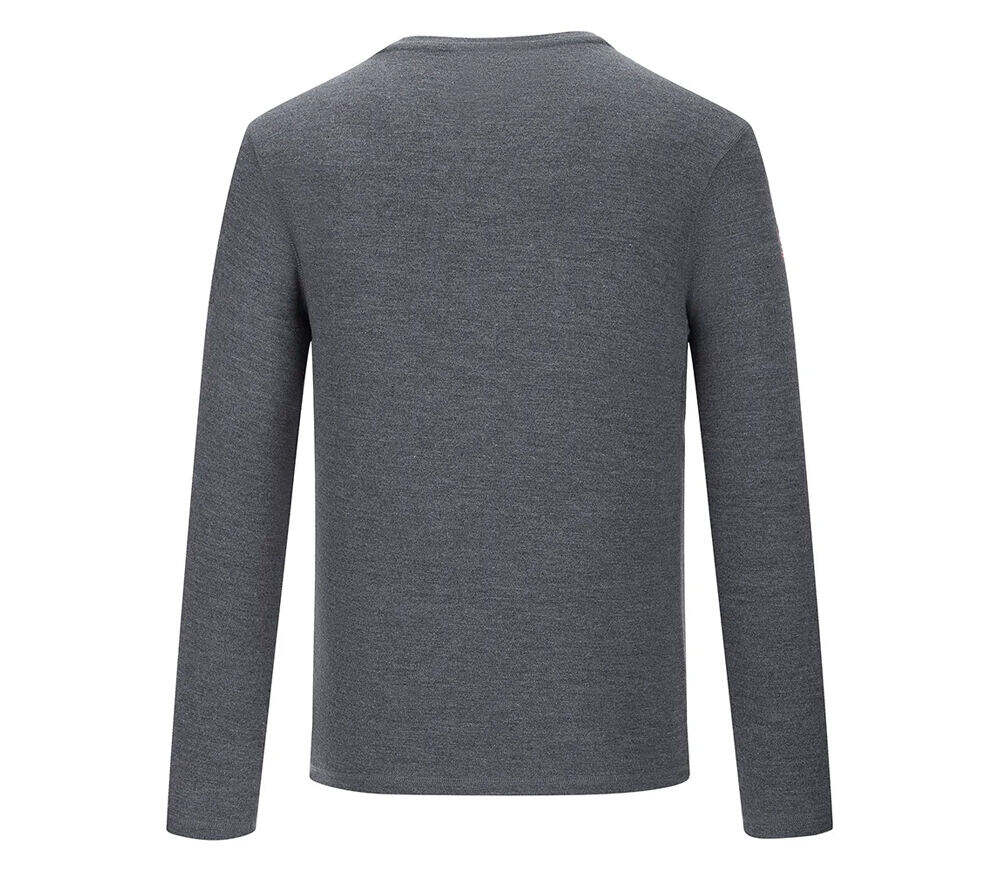Industrial settings often involve a range of fire hazards, from electrical sparks and flammable materials to high - temperature processes. Industrial fire retardant clothing is an essential part of the personal protective equipment (PPE) for workers in these environments, helping to protect them from the potentially devastating effects of fire.
Industrial fire retardant clothing is designed to resist ignition and self - extinguish when exposed to flames. It is made from special materials that have been treated or engineered to have fire - resistant properties. These materials can withstand high temperatures without melting or dripping, reducing the risk of secondary burns to the worker. For example, in a manufacturing plant where there is a risk of electrical fires, workers wearing industrial fire retardant clothing are better protected against the flames and heat generated by such incidents.
The choice of materials for industrial fire retardant clothing depends on the specific industrial application. Some fabrics may be more suitable for environments with high - temperature processes, while others may be better at resisting chemical splashes in addition to fire. Common materials used include aramid fibers, modacrylic blends, and treated cotton. Aramid fibers, such as Nomex, are known for their excellent heat and flame resistance, making them ideal for industries like firefighting and aerospace. Modacrylic blends offer a good balance of fire resistance, comfort, and cost - effectiveness, and are often used in general industrial settings. Treated cotton fabrics provide a more breathable option while still offering fire - retardant properties.
In addition to fire resistance, industrial fire retardant clothing may also have other features to enhance protection and comfort. Some garments may be chemical - resistant, protecting workers from potential chemical splashes or spills in industrial environments where chemicals are present. The clothing may also be designed to be breathable and moisture - wicking, keeping the worker cool and dry in hot and humid working conditions. This helps to reduce the risk of heat stress and fatigue, allowing the worker to perform their tasks more effectively.
There are different types of industrial fire retardant clothing available, depending on the job requirements and risk levels. Fire retardant coveralls are a common choice, providing full - body protection. They are often made from heavy - duty, flame - resistant fabrics and may have reinforced seams and extra pockets for storing tools or personal items. Fire retardant jackets and pants are also available, offering more flexibility and ease of movement for workers who need to perform tasks that require a greater range of motion. Fire retardant shirts and hoods may be worn as additional layers for extra protection.
The design of industrial fire retardant clothing takes into account the need for comfort and mobility. The clothing should fit properly and not restrict the worker's movements. It may have adjustable features such as cuffs, waistbands, and collars to ensure a customized fit. Some garments may also have ventilation panels or mesh inserts to improve air circulation and increase comfort.
Employers in industrial settings are responsible for providing their workers with the appropriate industrial fire retardant clothing and ensuring that it meets the relevant safety standards. Regular inspections of the clothing should be carried out to check for any damage or wear and tear. Workers should also be trained on how to properly wear and care for their industrial fire retardant clothing to maximize its effectiveness and lifespan.
In conclusion, industrial fire retardant clothing is a vital component of the PPE for workers in industrial environments with fire hazards. By providing protection against flames and other potential dangers, it helps to ensure the safety and well - being of workers in these challenging settings.


